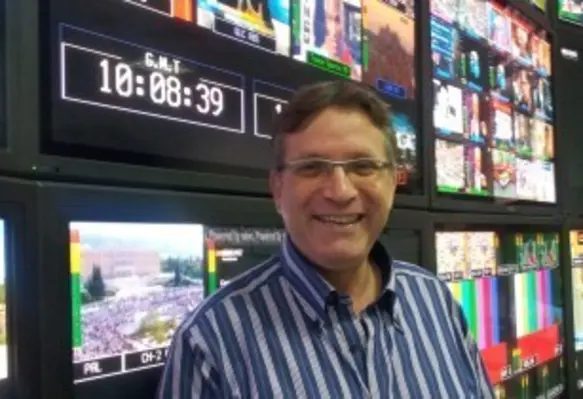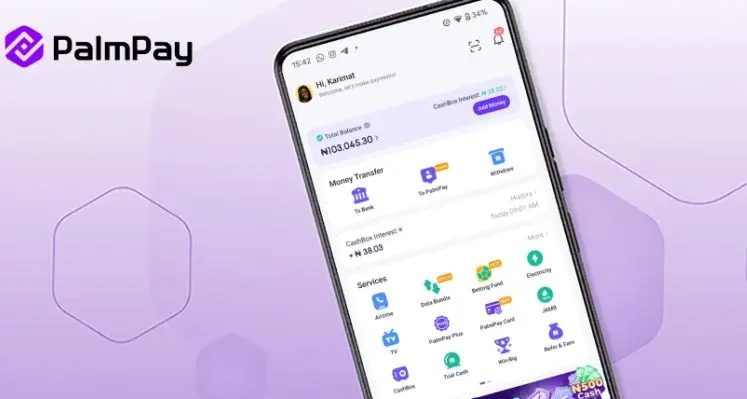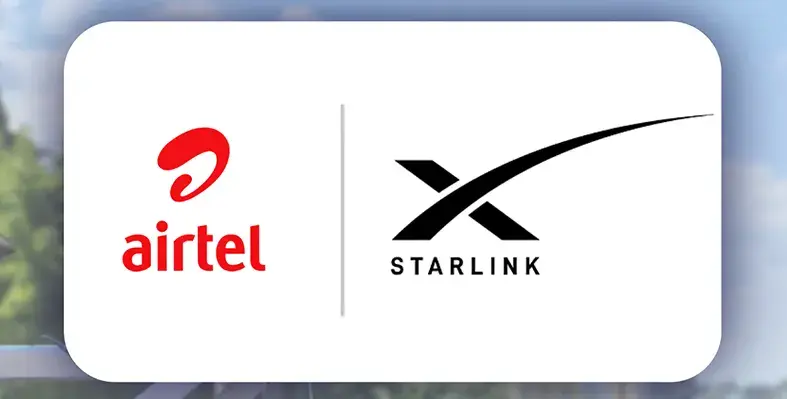Page 1 of 2Arie Vered, sales director for Africa for SatLink Communications, provides a bird’s eye view of emerging trends in the satellite broadcast market and examines some of the remaining challenges to overcome for the African broadcast industry
The African market for satellite communications has experienced a feeding frenzy over the last few years as international players vie for the lion’s share of a market that has undergone liberalisation and is attracting massive interest from external investors.
The momentum is already underway as liberalised regulatory regimes have opened up markets in Africa that previously posed significant challenges for operators and service providers and the African market, the second largest continent in the world after Asia, is open for business.
The honey pot that is attracting all this attention is the vast potential of a relatively untapped market, which until recently experienced a shortage of satellite capacity.
The African satellite market is estimated to have grown in the last few years by more than double the global average of six to seven per cent and all the signs point to a further escalation in the coming decade.
According to Digital TV’s Sub Saharan Africa report, households (which numbered 148mn at the end of 2011) will rise by 20mn over the next six years, bringing it close to the total number of Western European households. Currently, however, only a quarter of homes own a TV and the number of households owning a TV is set to increase to 50mn by 2017, representing 30 per cent of all households.
Move to digital
Certain regions such as Nigeria and South Africa will make up a disproportionately high percentage of the region’s TV households, posed to represent a quarter and 15 per cent of the total respectively by 2017.
Other salient factors include the predominance of analogue TVs, which currently comprise three-quarters of households. This percentage is due to drop over time as digital TV begins to take off; with a meteoric rise predicted over the next few years, rising from a quarter to 54 per cent of homes by 2017.
This trend will undoubtedly be spurred on by the undertaking from all African states to move to digital by June 2015, yet the reality is that - with a few exceptions, such as Ghana, Guinea and Nigeria who are blazing a trail in this area - most other countries are deterred by the cost and many have yet to even begin the policy work required to facilitate the transition.
Another key opportunity for broadcasters is the anticipated growth of Pay TV, as Pay TV subscribers are expected to increase from 7.2mn today to 14.1mn by 2017, with DTH comprising 8.2mn and pay DTT (pay and FTA combined) 5.2mn. Within this figure South African and Nigeria will have a disproportionately high share of the Pay TV market, as South African Pay TV penetration will rise from four million in 2011 to 5.1mn in 2017 and Nigeria will climb from 1.2mn in 2011 to 3.1mn in 2017.
For independent teleports like SatLink, which offer Playout and satellite services for global content distribution, the African market offers three key opportunities: firstly the ability to deliver International TV channels from around the world to the African market. Secondly, the chance to help broadcasters inside Africa to expand coverage out to rural communities as well as into other African countries. The third opportunity is to bring channels out of Africa to deliver them to the diaspora of Africans living and working abroad.
Continues on Page 2...























